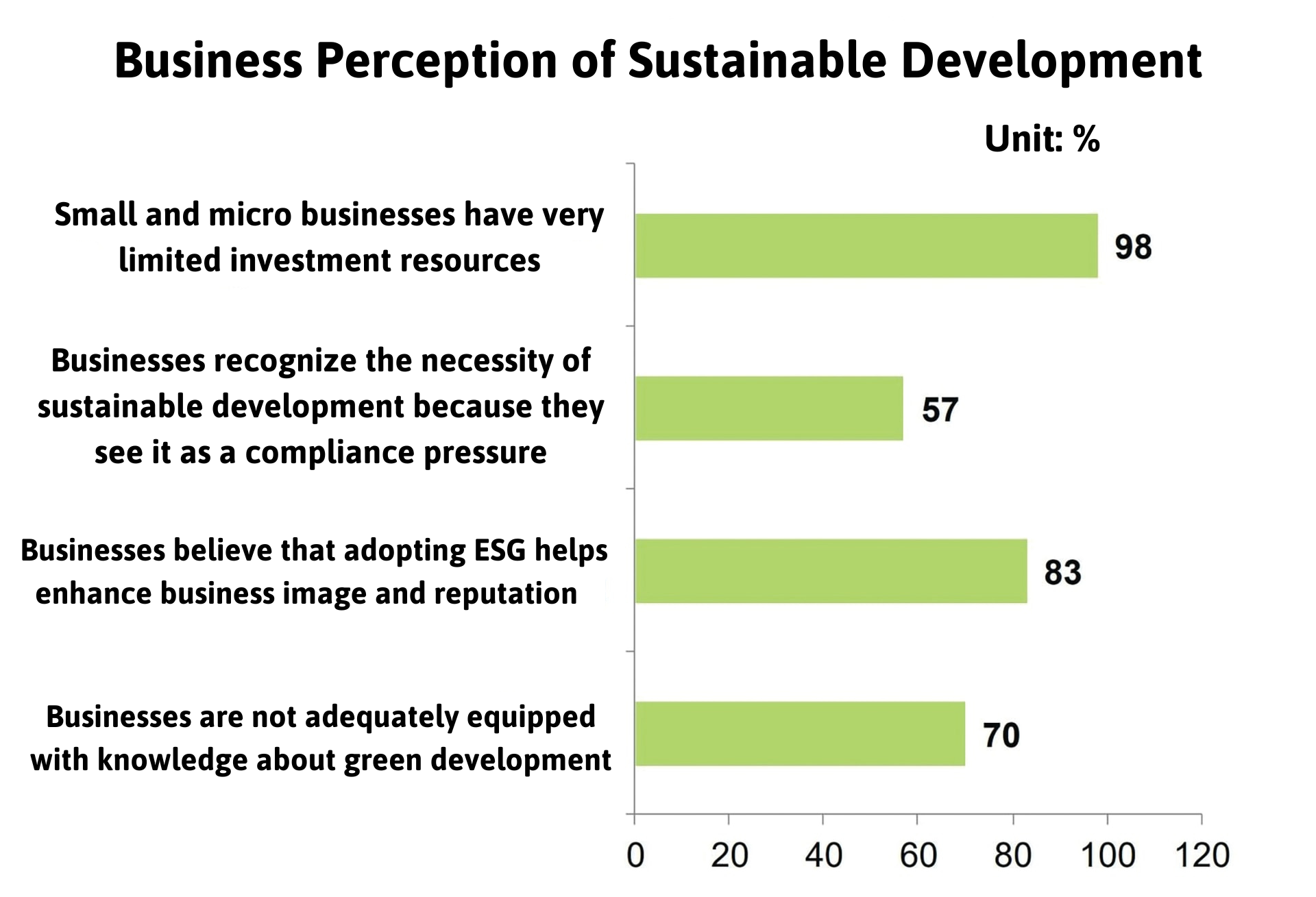Reducing the carbon footprint in the logistics industry
The logistics sector plays a crucial role in developing green supply chains across industries. To stay competitive, businesses must proactively adapt and transition to sustainable practices.

That was the key message from Mr. Stéphane Graber, Director General of FIATA, in an interview with Business Forum Magazine on the sidelines of the "Green Logistics – A Sustainable Destination" conference, organized by the Vietnam Logistics Business Association (VLA).
- Why is reducing carbon emissions in logistics becoming a pressing issue for Vietnamese businesses, sir?
Vietnam has pledged to achieve net-zero emissions by 2050 at COP26. To meet this commitment, Vietnamese enterprises must comply with increasingly stringent requirements from major trade partners to maintain market access. Sustainability pressures and strict emission monitoring have made environmental considerations a key factor for customers and partners in the supply chain.
For example, the European Union (EU), one of Vietnam’s key trading partners, has implemented the Carbon Border Adjustment Mechanism (CBAM), imposing carbon taxes on high-emission imports. Additionally, the EU’s Corporate Sustainability Reporting Directive (CSRD) requires businesses to disclose environmental, social, and governance (ESG) impacts. This regulation extends to logistics service providers outside the EU if they are part of the supply chain of European companies, meaning they must comply with reporting obligations. By 2028, even non-EU companies operating in Europe will have to adhere to these regulations.
Logistics businesses, especially SMEs, are enhancing their knowledge of the latest carbon emission reduction practices. (Source: Survey by the Agency for Enterprise Development, Ministry of Planning and Investment).
- What are the key international trends and requirements for carbon reduction in logistics, sir?
In air transportation, various measures are being implemented to reduce carbon emissions. These include emission reporting and offsetting, following guidelines from the International Civil Aviation Organization (ICAO) and the EU Emissions Trading System (EU ETS). A major focus is on Sustainable Aviation Fuel (SAF), but supply and cost remain significant challenges. Although SAF holds potential, it currently accounts for less than 1% of total jet fuel consumption due to high production costs and limited availability.
In maritime transport, significant advancements are being made under the International Maritime Organization (IMO)'s greenhouse gas (GHG) reduction strategy, targeting net-zero emissions around 2050. At the upcoming Marine Environment Protection Committee (MEPC) session in April, new policies, including a potential carbon tax, will be discussed to shape the industry's future.
However, these measures must be designed carefully to avoid unintended consequences for small businesses or developing countries. For instance, the IMO’s Carbon Intensity Indicator (CII) has reduced connectivity to certain ports lacking the necessary infrastructure to meet new requirements, particularly in small island developing states.
Electric vehicles (EVs) are being rapidly adopted in road transportation, and by 2050, electricity could account for three-quarters of total road transport energy consumption. The use of biofuels is also expected to play a significant role in reducing emissions. However, transitioning to an entirely electric truck fleet requires massive investment, posing a major challenge for some economies. Meanwhile, rail transport is considered more sustainable but remains limited in capacity compared to maritime shipping. Issues such as incompatible track gauges and inadequate infrastructure require substantial investment for modernization in many regions.
- What solutions would you recommend for the Vietnamese logistics industry, especially SMEs, to reduce their carbon footprint?
Small and medium-sized enterprises (SMEs) and logistics companies in Vietnam should focus on digitalization and multimodal transportation to enhance efficiency and sustainability. Investing in new technologies, such as electronic transport documentation, is crucial for streamlining operations, optimizing routes, and reducing emissions.
Logistics businesses, particularly SMEs, should stay updated on the latest carbon reduction strategies by engaging with industry organizations like FIATA. This includes keeping abreast of local and international regulations, conducting carbon footprint assessments to identify areas for improvement, and enhancing transparency in sustainability reporting. Compliance not only ensures regulatory adherence but also provides a competitive advantage by offering value-added services to customers.
Finally, fostering dialogue and collaboration between SMEs and larger enterprises is essential. By sharing information, resources, and expertise, the entire industry can progress toward sustainable growth.
Thank you for your insights!








